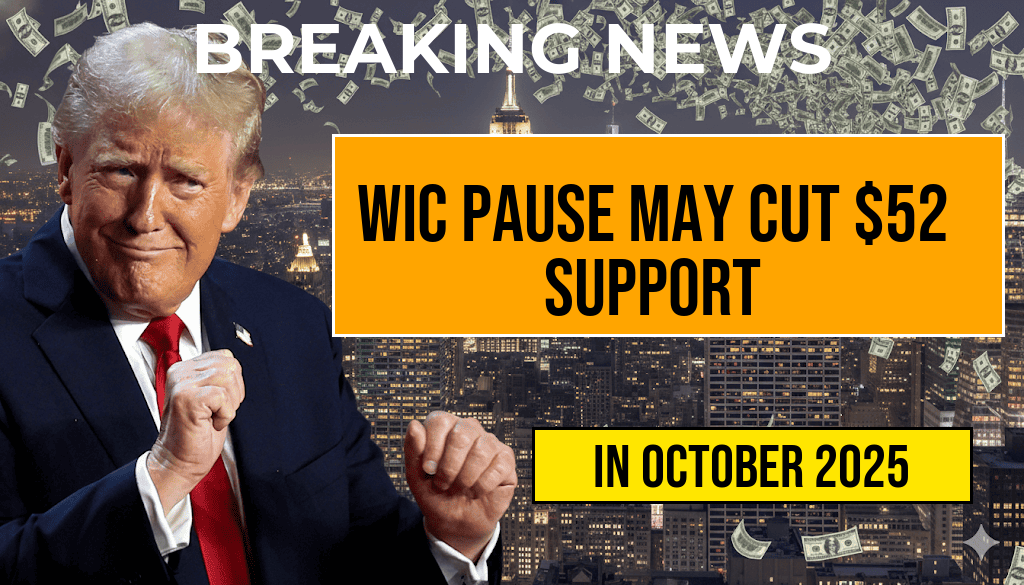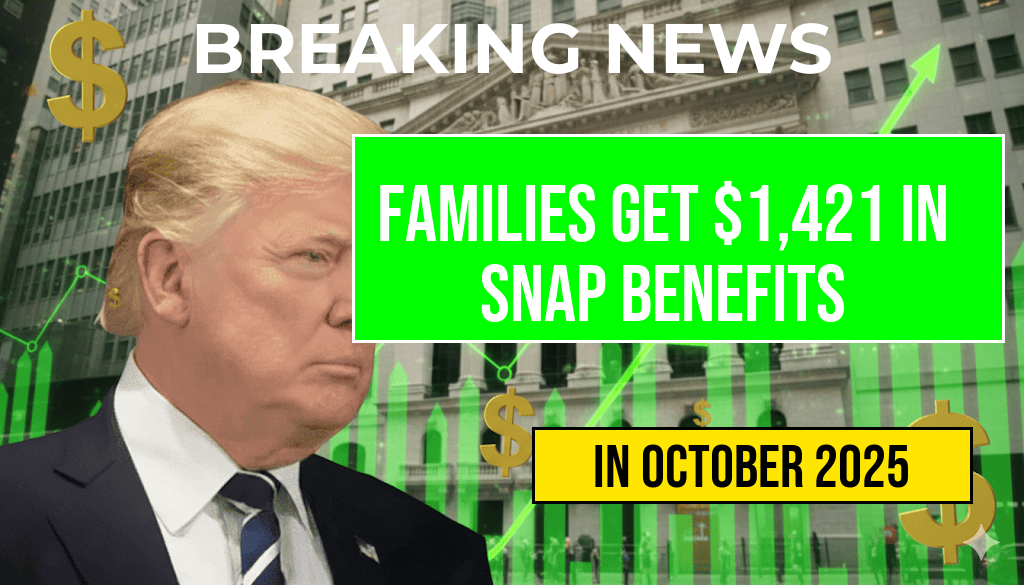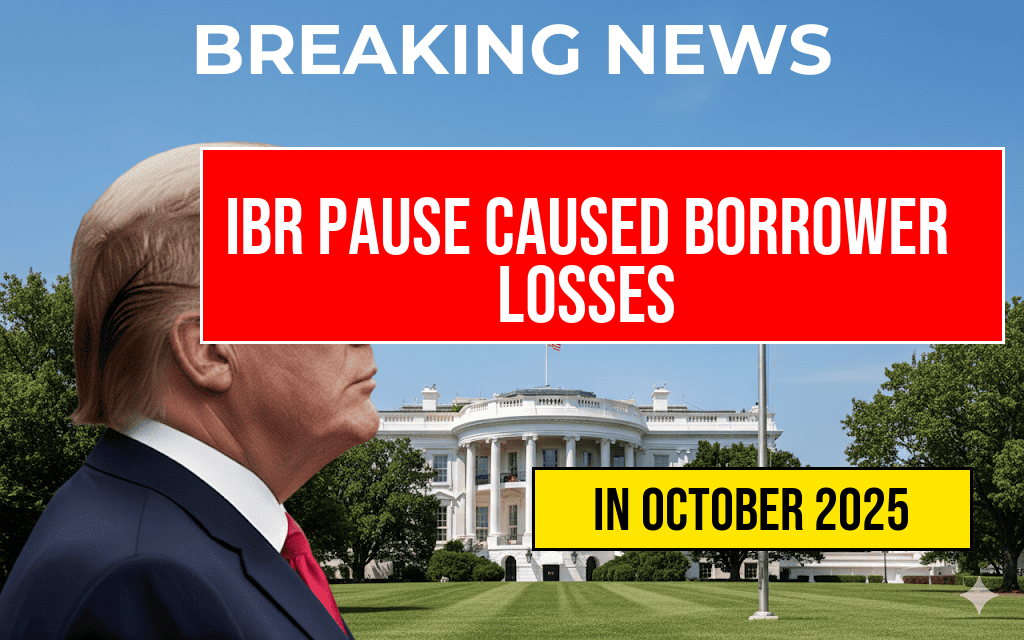As taxpayers prepare for the 2026 filing season, new projections from Bloomberg suggest that while the income tax brackets will see minor adjustments, these changes could still result in significant savings for many Americans. The forecast indicates slight increases in the income thresholds that define tax brackets, driven primarily by inflation adjustments. Despite the modest nature of these shifts, individuals across various income levels may benefit from lower effective tax rates or increased deductions, potentially saving hundreds of dollars on their annual filings. These developments come amid ongoing discussions about tax policy reforms and the broader economic landscape, making it crucial for taxpayers to understand how these changes impact their financial planning.
Projected Bracket Adjustments and Their Impact
Understanding the Minor Changes in Tax Brackets
According to Bloomberg’s analysis, the 2026 tax brackets are expected to see only marginal increases compared to 2025. These adjustments are primarily designed to keep pace with inflation, preventing “bracket creep,” where taxpayers are pushed into higher tax brackets due to inflation rather than actual income growth. For example, the top threshold for the 22% tax bracket is projected to increase by approximately 1.5%, allowing some taxpayers to retain more of their earnings before facing higher rates.
These bracket adjustments are part of the routine inflation indexing process established by the IRS, but their cumulative effect can be meaningful for taxpayers who are close to bracket thresholds. Even slight increases can translate into hundreds of dollars in tax savings, especially for middle-income families and small business owners.
Potential Savings for Taxpayers
| Income Level | 2025 Threshold | Projected 2026 Threshold | Approximate Savings |
|---|---|---|---|
| Single filers (20%) bracket | $89,075 | $90,500 | $1,425 |
| Married filing jointly (12%) bracket | $22,000 | $22,350 | $350 |
| Head of household (22%) bracket | $59,850 | $61,000 | $1,150 |
While these numbers may seem modest, for taxpayers near the edges of their current brackets, the savings can add up, especially when combined with other inflation-related adjustments like higher standard deduction amounts and increased contribution limits for retirement accounts.
Broader Policy Context and Future Considerations
Implications of Inflation Adjustments
The planned adjustments reflect the IRS’s ongoing effort to mitigate inflation’s impact on taxpayers. As inflation persists at moderate levels, these modifications help ensure that tax burdens remain aligned with economic realities, preventing unintended tax increases for middle-class Americans. The real-world effect is that many taxpayers will find their effective tax rate slightly lowered, or they may qualify for expanded credits and deductions.
Additionally, policymakers continue to evaluate proposals that could overhaul the tax code, potentially affecting bracket structures, rates, and credits in the future. While no major reforms are imminent for 2026, experts suggest staying informed about legislative developments that could reshape the landscape further.
Resources for Taxpayers Preparing for 2026
Taxpayers are encouraged to consult with qualified tax professionals or utilize IRS resources to understand how these bracket adjustments may influence their specific filings. Staying ahead of potential changes can help optimize deductions and credits, ensuring maximum savings during the upcoming tax season.
Frequently Asked Questions
Question
What are the expected minor bracket changes in the Tax Season 2026 according to Bloomberg?
Question
How will the bracket adjustments potentially help taxpayers save hundreds of dollars?
Question
Will these tax bracket changes significantly impact most taxpayers’ tax liabilities in 2026?
Question
Are there any other tax law updates or deduction changes expected for Tax Season 2026?
Question
When should taxpayers start planning for the 2026 tax season to maximize their savings?






